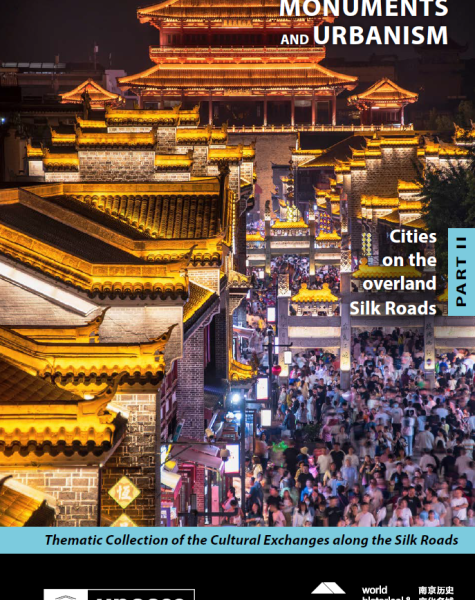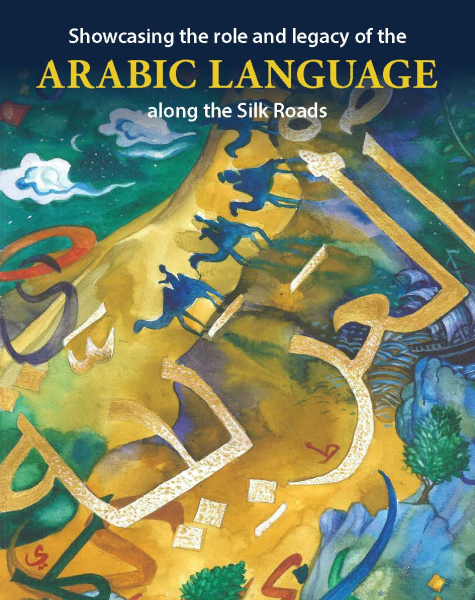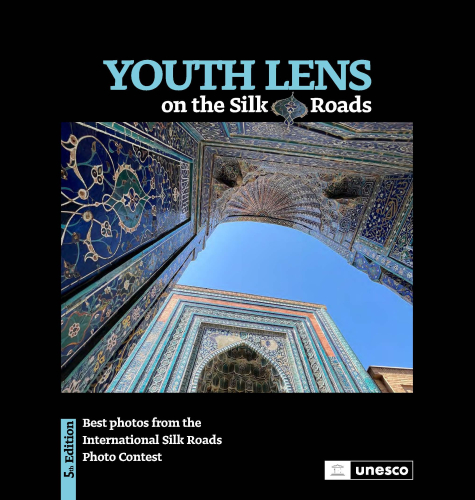Architecture, Monuments and Urbanism – Part II: Cities on the overland Silk Roads



This second edition of the Silk Roads Papers builds on the foundation laid by its predecessor, presenting a new collection of 11 innovative research projects that delve into the Silk Roads' rich legacy. Selected from over 800 proposals submitted by young researchers worldwide, these studies offer fresh perspectives on the cultural exchanges and interactions that shaped this historic network.
This third edition of the Silk Roads Papers builds on the work of young scholars, continuing to explore the exchanges and interactions that shaped the Silk Roads and their lasting influence. Selected from a highly competitive pool of applications, the research in this volume offers fresh perspectives on these historic networks, revealing new dimensions of their impact.



Youth Lens on the Silk Roads
Best Photos from the International Silk Roads Photo Contest: 5th Edition
This collection of research papers breathes life into the heritage of the Silk Roads. As the first of a series, it presents 12 research projects from the Silk Roads Youth Research Grant initiative, bringing new perspectives to light and contributing to a deeper understanding of the interactions and exchanges along the Silk Roads.

Youth Lens on the Silk Roads
Best Photos from the International Silk Roads Photo Contest: 4th Edition
This volume, developed by UNESCO and the China National Silk Museum features contributions from internationally renowned scholars and experts in the field of textiles, clothing and Silk Roads exchanges.
UNESCO Headquarters
7 Place de Fontenoy
75007 Paris, France
Social and Human Sciences Sector
Research, Policy and Foresight Section
Silk Roads Programme